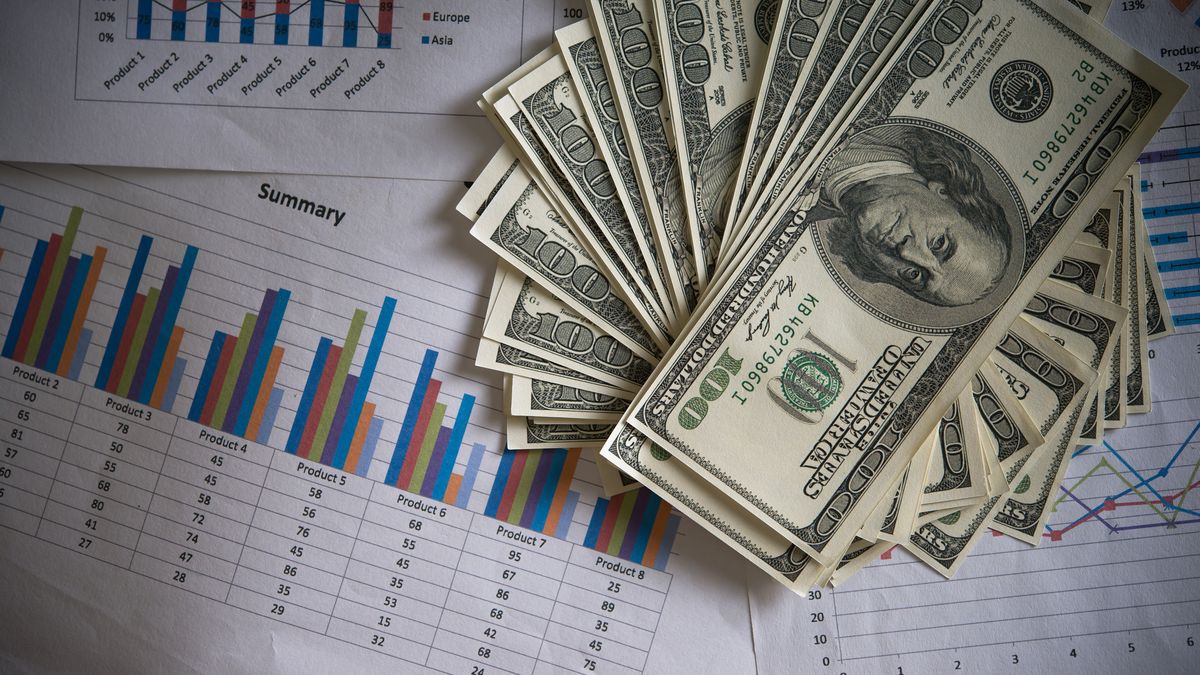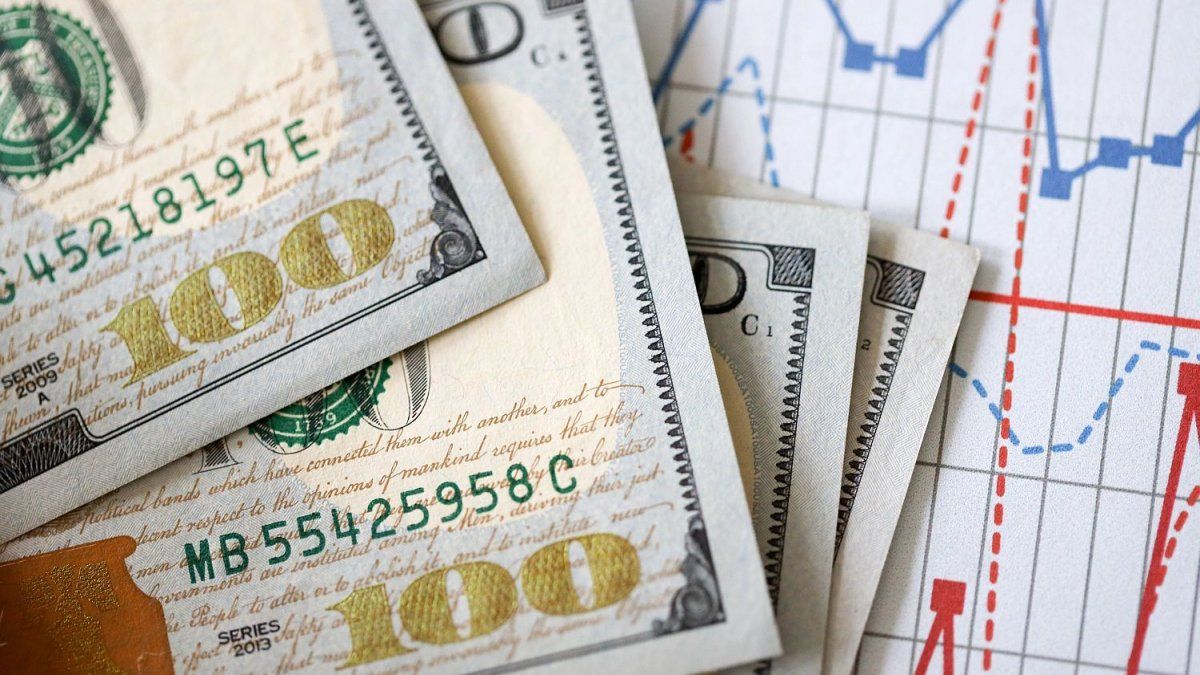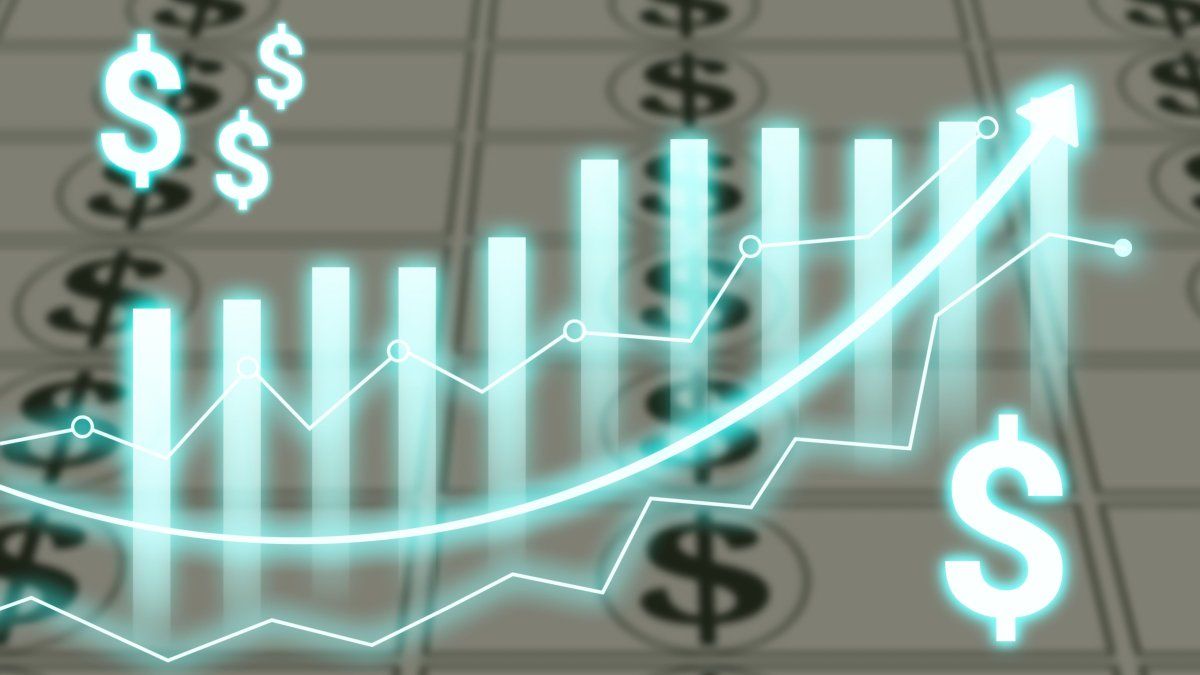The markets have reacted positively since the new finance minister, Silvina Batakis, took office. The bonds in pesos have recovered their price and the next auctions will be a success since a good part of what is at stake is in the hands of the State. The Central Bank stepped on the wholesale exchange rate again, showing that it is comfortable with the current price, ergo it does not see an exchange delay.
The problem continues to be important with dollar bonds and the price of alternative dollars. Bonds in dollars are at the lowest levels in their history, at ridiculous prices and this denotes the lack of confidence of foreign investors in the country. The AL30 bond is worth US$18.00, the default price. The dollar counted with liquidation $ 292.
The BCRA tamed big bills to the bond market in pesos. A 109-day Treasury bill yields 71% per year, while a 99-day inflation-adjusted bill yields inflation minus 5%. This would be discounting inflation of around 76% per year for now.
Bonds in pesos that adjust for inflation, such as the case of T2X4 that expires on July 26, 2024, came to yield inflation plus 25% per year, today they yield inflation plus 7.3% per year.
This shows us that the government made its way to whistles to repurchase debt in pesos and, this week, managed to get the private sector to join him.
The wholesale dollar is increasing at a rate of 4.9% in the month of July, which would imply a rise of 57.7% in one year. We do not see an immediate jump in the price of the wholesale dollar, the government will work to reduce the gap with alternative dollars. Today the stock dollar is worth $279 and the gap amounts to 120%.
A look at reserves and monetary liabilities
To lower the price of alternative dollars, it is necessary to raise reserves or lower monetary liabilities. The government does not generate trust, therefore dollars do not enter the official market at $128. If someone brings money to Argentina, they do so through the dollar counted with settlement at $292, in this case the gap is 129%.
The monetary liabilities of the Central Bank are the reflection of the issue necessary to finance the Treasury deficit or the purchase of bonds in pesos in the market. The economy minister is working on a zero deficit, and if she achieves it, the issue will cease to be a problem, with which monetary liabilities would rise at a slower rate. If the deficit is zero, she surely will not need to issue to buy bonds. Therefore, the key is fiscal.
At present, the equilibrium dollar is in a wide range between $273 and $315, with the minister’s lack of political volume, everything suggests that the market will continue to momentarily discount current values, we cannot think of a strong low, nor in important rises, at least until we see the minister in action. This means that you want to see the fiscal result for the month of July 2022, that will only happen on August 20, almost an eternity.
If the economy minister keeps her word that she will spend what she earns, the economic scenario will not be worse than what has been experienced so far. Any setback in the action plans would trigger a new rise in alternative dollars, to levels that it would be better not to project.
what’s coming
We believe that a new monetary policy is coming within the framework of an old exchange rate policy. The government needs to tame the number of pesos in the economy, discipline the peso market and ensure that the remaining pesos do not go to dollars or prices.
The interest rate would begin to be higher, in this way it will be positive against inflation, and it would generate an incentive for placements in pesos. It would be essential for the government to lower inflation rates, however, as long as imports are closed, prices will be difficult to tame. July inflation promises to be higher than June inflation.
Regarding the wholesale dollar, the government believes that it has a competitive price, therefore, it is not preparing a strong increase in prices, it will continue to run behind the inflation rate.
The Central Bank has very few reserves, they are around US$40,000 million, the drop in agricultural raw materials was very strong and this will make it difficult for dollars to enter the country. Soybeans in the United States at harvest are worth US$490 and corn at harvest US$231, gone are the prices of US$600 and US$300 that we saw some time ago.
The field liquidated corn at a good pace, selling 32.1 million tons out of an estimated harvest of 49.2 million, in soybeans it sold 20 million tons out of an estimated harvest of 40 million tons. There is not a mountain left to sell, which is normal for any year.
conclusion
. – We continue with the old exchange policy that tells us that the exchange rate at current prices is competitive, therefore, not to expect wholesale dollar increases, we have to live with what we have increases between 4.0% and 5, 0% monthly, below the expected inflation rate.
. – The interest rate will be higher, we do not know if it is positive against inflation, but it will be high. This pushes us into a recession and problems in the payment chain.
. – Inflation will not stop since many local products have imported components and imports, being closed, these products do not have a replacement price.
. – It would be vital for the government to be unified, achieve strict cash control, lower emission levels to the minimum and, by some means unknown to me, can increase reserves.
. – As the goals in the previous paragraph are very ambitious, I think it is likely that we will continue with a scenario of high inflation, ironed exchange rate and high rates, the three components of an inevitable recession.
. – The market shows us that the UVA fixed term is the best choice in this scenario, with the probability of inflation around 90% one year ahead, the 90-day pre-cancelable UVA fixed term would leave me with a rate of 91% annual.
. – At the current prices of bonds in dollars, it would be advisable to buy, they are at ridiculous prices, and if the minister manages to stabilize the markets, the LA30, which today is worth US$18.00, should be worth at least US$30.
. – The best scenario that Argentina has ahead is that inflation stabilizes around 90% per year, and that the alternative dollars are not above $400 at the end of the year. No matter how willing the economy officials and the Central Bank are, the problem is political, there is a lack of trust, if someone manages to bring it closer to Balcarce 50.
Source: Ambito
David William is a talented author who has made a name for himself in the world of writing. He is a professional author who writes on a wide range of topics, from general interest to opinion news. David is currently working as a writer at 24 hours worlds where he brings his unique perspective and in-depth research to his articles, making them both informative and engaging.




